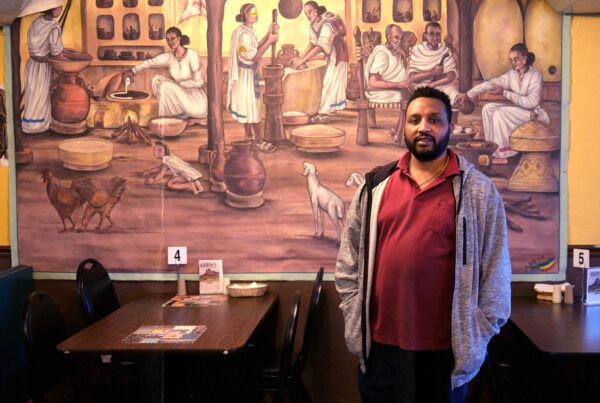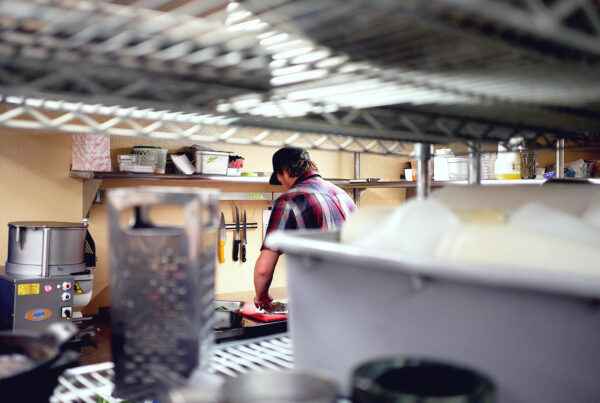Story by Courtnie Dawson; Photography by Guy Hand and Courtnie Dawson

As the global pandemic proves that our food chain is more complex than we could imagine, diners are drawn to the big L-word in cuisine: “Local.” Customers today automatically have a mental searchlight on as they look at the menu. Names of farmers and ranchers, signs of locally-procured ingredients and the word “local” itself now jump off the page at our favorite restaurants. But while local ingredients make customers jump for joy, there are challenges that come from the volatile nature of local, small-scale agriculture.
The turbulent nature of, well, nature itself, proves even the best intentions for a menu can be waylaid in the blink of an eye. Even in the peak of a season, small-scale farms are regularly victim to changes in weather, insect populations, and more environmental factors that can impact quality of the final product. At the receiving end, restaurateurs are required to respond to the consequences on behalf of their customers.
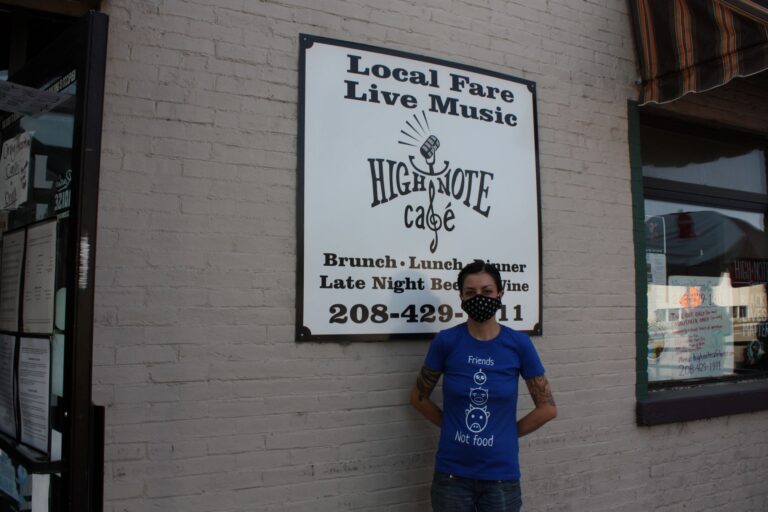
Harvard Business Review highlighted these consequences in a 2016 article on the difficulty of sourcing local food. “Local sourcing adds complexity, increases risk and fragments the supply chain,” says writer Nicole Torres. “[Restaurateurs] are going to have to put trust in the suppliers to live up to the expectations laid down in the quality control guidelines.”
Those guidelines not only include flavor and shape, but safety and health as well, making trust a crucial component of a farmer/chef/diner relationship. Finding a producer who considers all components properly requires more time and effort than using an industrial-scale source.
With significant consideration to these factors, Maria Bahruth of High Note Cafe, a plant-based restaurant in Old Boise, still chooses to leave quality control to the hands of the farmer tasked with cultivating her bounty, after rigorous confirmation that the farmer has established ethically sound growing practices. “The trust in the relationships formed with local growers makes me feel really good about what I’m feeding people,” Maria says.
While chain restaurants have access to a global array of seasonless ingredients through large-scale, industrial agriculture operations, independent restaurants are forced to face the limits of seasonality and the accompanying lack of certain products at certain times. Demand for favorite items year round conflicts with the truth of local agriculture, and of life itself: You can’t always get what you want.
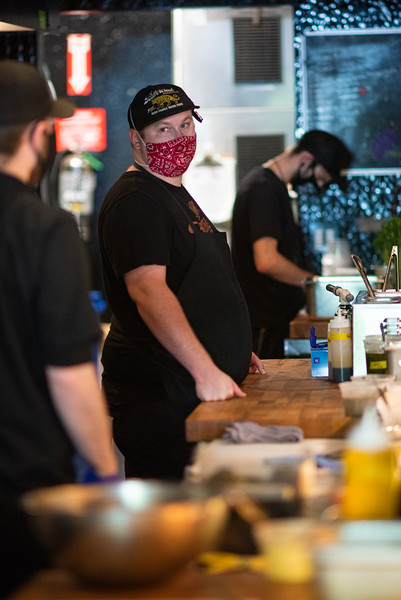
“While we maintain the goal of 100% local and sustainable product, in the real world it’s not feasible 100% of the time. While we try our best to have everything come from as close to home as possible, it’s inevitable that we have to take some shortcuts,” says Hugh O’Connor, Head Chef of Diablo & Sons.
This challenge is faced by High Note Cafe as well, as their menu features nearly 80% local ingredients in the height of the growing season.
“The difficulty (other than seasons) is that crops don’t always work out as planned. There can be an abundance one week and a shortage the next,” says Maria.
So why are restaurateurs paying more for inconsistent and time-consuming ingredients? Because the quality of local produce and proteins is considered unparalleled thanks to the hard-working farmers, ranchers, cheesemakers and other vendors.
“It’s not always necessarily picture perfect, and it’s not always necessarily consistent,” says Hugh. “However, what it is is always fresh, always picked and brought to us within 24-48 hours from the ground, and always produced by a small staff of passionate farmers. Local farmers always care more about the product than the paycheck.”
High Note Cafe regularly turns away the large-scale producers due to similar ideals. “Tasting products from large scale producers is a sad, bland experience after eating the real deal,” says Maria. “We all get very sad when the season ends and also very excited when the new season is getting close.”
As important as the flavor and quality of produce is, perhaps even more telling of the devotion to local ingredients is the dedication restaurants have to the producers that have proved themselves worthy of support. Chefs stick close with producers they have worked with and grown to trust.
“The local producers are our friends. The big business folks never get a call back,” Maria says.
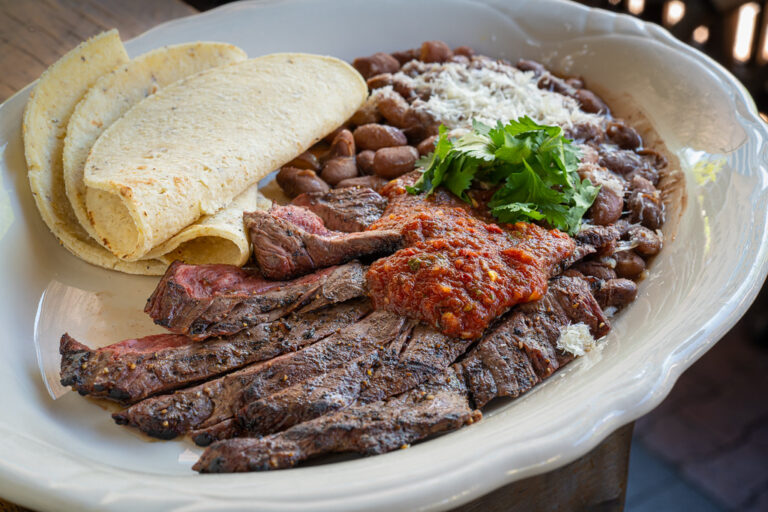
And customers that follow along in the farm-to-table journey are regularly willing to make it worthwhile to their local restaurants by paying more for the experience.
The National Restaurant Association (NRA) encourages even large-scale restaurant chains to consider the switch to local sourcing in their “20 Restaurant Industry Opportunities for 2020”. According to the NRA, 70-75% of interviewed restaurant owners shared that customers are more interested in local, sustainable dining than merely two years ago.
“Fortunately for suppliers and retailers, interested consumers expect to pay higher prices for the locally sourced, farm-to-table product,” says Nicole of Harvard Business Review. “Of course, some consumers will not be able to afford the higher price of local organic food for every meal. But when they enjoy a special meal, they may prefer to go out to a farm-to-table restaurant.”

These customers are the heart and soul of restaurants like High Note Cafe and Diablo & Sons Saloon. The opportunity to impress the community with delicacies achieved by local food producers keeps the farm-to-table industry thriving.
“As chefs, having someone tell us ‘I didn’t know blank could taste so good!” is a real tell that we are not only putting something delicious on a plate, but also that we are doing justice to those local farmers putting in hours in the hot sun just to get us those veggies and fruits,” says Chef Hugh O’Connor.
